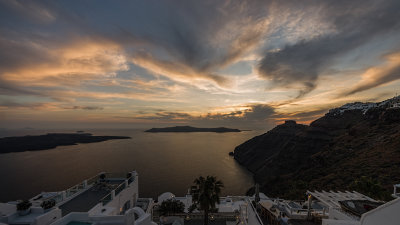Cameranoobie
Senior Member
- Messages
- 2,979
- Reaction score
- 411
Im new to ultra wide and have been having fun learning it so far. It does have a bit of a learning curve though. Tokina 11-16 f2.8 btw.
So far I have learned and gathered:
1) always need a foreground to make the photo that much more creative and dynamic.
2) get within inches of your foreground.
3) get low to the ground
4) try to keep your subject in the centre of the frame. Off to the sides distorts them
5) if shooting environmental portraiture dont get too close to the person. You have to find just the right distance without creating distortion.
6) try to keep the angle of the lens parellel vertically, so basically shoot straight onto the subject. Angling creates distortion
Any other tips?
So far I have learned and gathered:
1) always need a foreground to make the photo that much more creative and dynamic.
2) get within inches of your foreground.
3) get low to the ground
4) try to keep your subject in the centre of the frame. Off to the sides distorts them
5) if shooting environmental portraiture dont get too close to the person. You have to find just the right distance without creating distortion.
6) try to keep the angle of the lens parellel vertically, so basically shoot straight onto the subject. Angling creates distortion
Any other tips?






